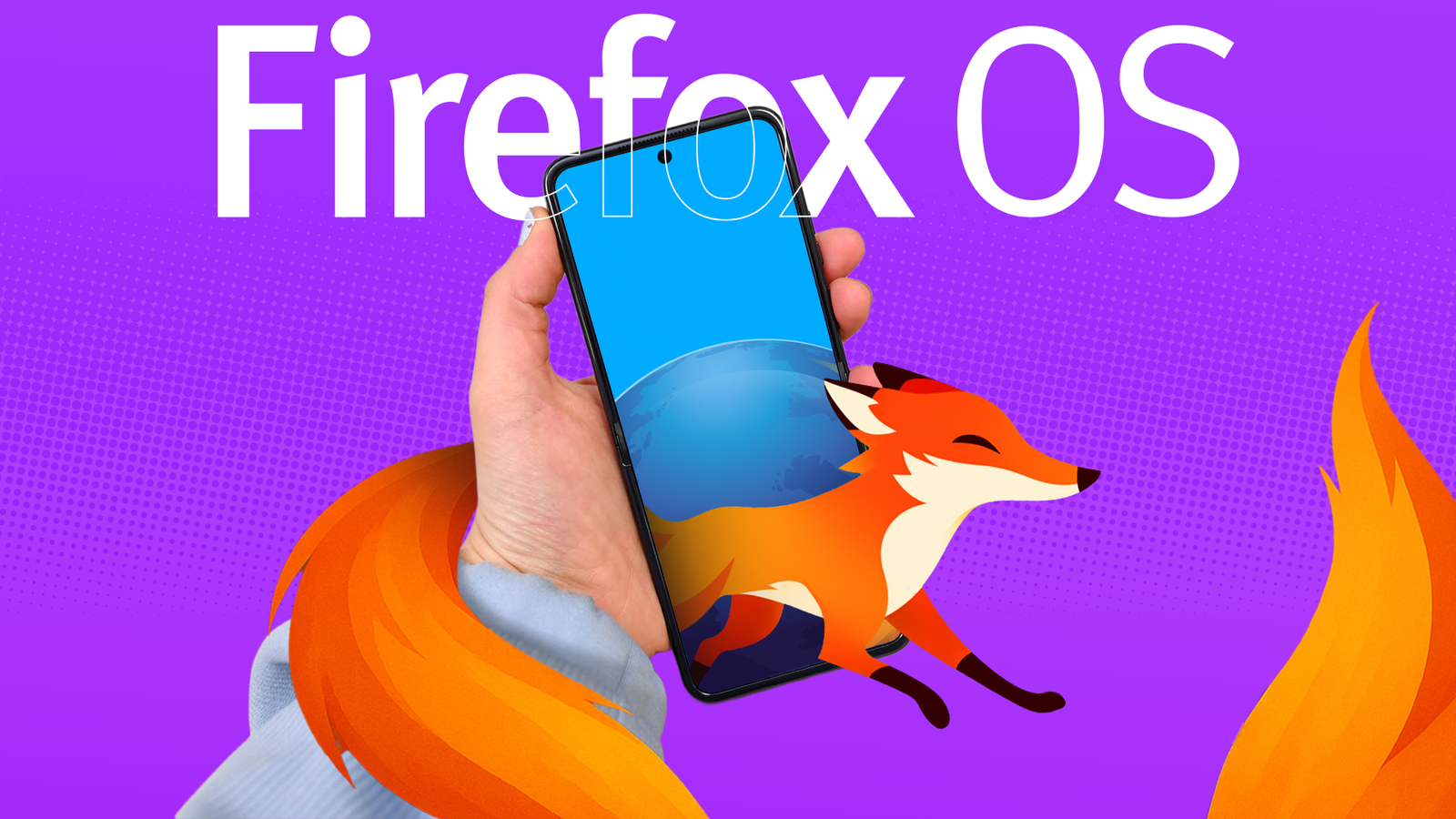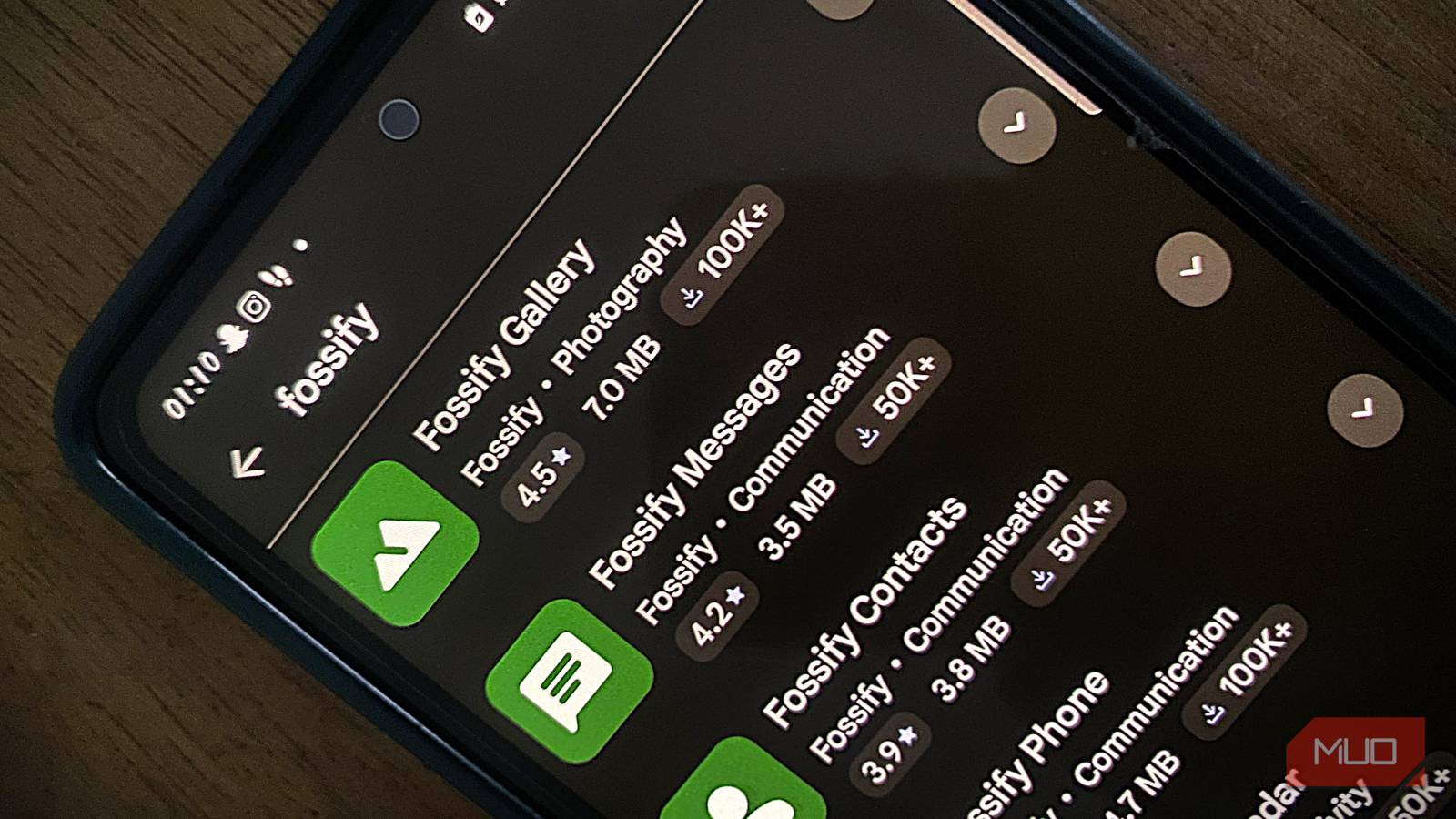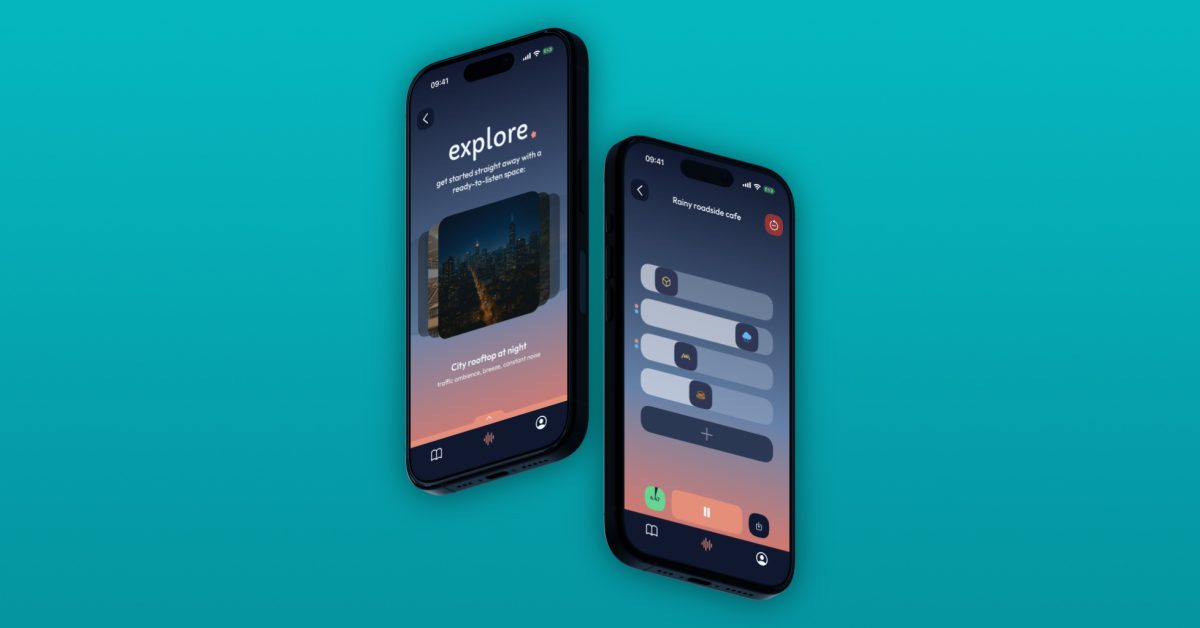Back in 2013, when the iPhone and Android had cornered the smartphone market, a plucky new mobile operating system showed up that promised to bring a new kind of smartphone. One that was entirely built on web technologies and web apps. It was from a familiar brand, but it never took off.
It Was Called Firefox OS
Mozilla built this new mobile operating system on the guts of the Firefox browser (the Gecko rendering engine). That’s why it was called Firefox OS, and the project’s first prototype was called Boot to Gecko (B2G).
ChromeOS, built around the Google Chrome browser, had launched two years prior and seen some moderate success in the desktop space. Firefox OS set out to do something similar for smartphones.
The idea was to create an OS where the entire interface, the apps, everything was just a website. Mozilla wanted to prove that a web-based platform like that could be just as robust and fast as the app-based ecosystems at the core of Android and iOS.
The big differentiator was supposed to be the openness of the web as a mobile platform. Supposedly, everything, including the camera, phone, and messaging services, would just be a website on the phone. And the launcher would just be a browser that lets you interact with the different websites and web services in a more mobile-friendly format.
Basically, there would be no app store or the need to install an app because everything would be online and accessible with a URL. The equivalent of installing an app would just be bookmarking a page in this OS. That was Mozilla’s original vision for the project.
The point is that Firefox OS wasn’t trying to compete with Android and iOS, at least directly. It was trying to carve out an alternative to both. For web developers and enthusiasts, a purely web-based phone has its appeal, but do most consumers care about it? That was undecided at the time.
Firefox OS Went All in On the Web (and Lost)
Firefox OS started as a prototype project showcased at the MWC 2012. The project was called Boot to Gecko, which was a proof-of-concept for using web technologies to develop an entire mobile OS from scratch.
Mozilla ended up using a modified version of the Linux kernel and made it compatible with existing Android hardware. The user space and the interface were built entirely out of HTML, CSS, and JavaScript (just like every website is). Between the interface and the kernel was the Gecko rendering engine (the web engine that powers the Mozilla Firefox browser).
The Boot to Gecko (B2G) project gained a lot of good press and even generated a buzz on social media. The prospect of a mainstream alternative to Android and iOS was obviously exciting for tech enthusiasts, but even more so for smartphone companies and carriers who wanted to break up the duopoly with an open mobile operating system.
A couple of European carriers ended up partnering with Mozilla on the project. Mozilla needed them because Qualcomm (the big chip manufacturer wouldn’t license the hardware and firmware for the phones to Mozilla), so they had to bring in carriers and Chinese manufacturers just to get access.
A year after the MWC showcase of Boot to Gecko, the project was renamed to Firefox OS and released at MWC 2013. Two phones, one from ZTE and one from Alcatel, were shipped with Firefox OS version 1.0.1.
The first version of Firefox OS had a simple grid of icons for the launcher, just like iOS and Android. The UI had apps for music, phone calls, camera, and others, all built on HTML, CSS, and JavaScript.
To make these apps work offline, however, the devs needed time to make the cache system work. With the deadline nearing, they couldn’t find a satisfying solution. In the end, they just ended up shipping the OS with packaged apps—remember that’s the opposite of what they originally set out for, which was just to use websites, and never native apps. So, right from the get-go, Mozilla broke the first rule of its own project.
From version 1 to version 1.4, Mozilla tried to get some feature parity with Android at the request of the partner companies. For a year or two, Firefox OS was directly trying to compete with Android (another thing it was never supposed to be).
That failed, of course, because Android had entrenched itself in the mobile market long before Firefox OS arrived. So with version 2 of Firefox OS, they went back to the drawing board and tried to realign the OS back to its original vision.
This attempt was called the Haida concept, but by then it was too late to correct course. The OS never gained enough traction with developers or consumers, and it never managed to differentiate itself from iOS and Android. The original developers and leadership left, and Mozilla eventually just pulled the plug on the project.
For a while, they tried to pivot to smart TVs and Internet of Things products, but that pivot failed too, so Mozilla just decided to scrub the Boot to Gecko code and went back to the Firefox browser as its primary product.
Mozilla Actually Sold Some Firefox Phones
Firefox OS was shipped with 20 different devices, including those smart TVs. Towards the end of the project, Mozilla was selling 12 smartphone models through its carriers in almost 30 countries. Some of these were aimed at devs, but most of them were regular smartphones.
Mozilla figured that the smartphone market in developed countries was too saturated for Firefox OS phones to find a foothold. So they targeted emerging markets with super affordable smartphones (that cost around $33) running the Firefox OS.
Their smartphones failed to make an impression in those emerging markets, too, because the mobile internet infrastructure needed for a web-based smartphone just hadn’t matured in those markets back then. It also didn’t have WhatsApp, which is a critical app in those regions.
Google saw what Firefox was attempting and launched its own line of cheap smartphones aimed at emerging markets. Except these phones ran a trimmed version of Android called Android One, and supported WhatsApp and other apps that Firefox OS didn’t.
A developer who worked on the Firefox OS project estimated that Mozilla might have sold about 5 million of these devices worldwide, which is less than half a percent of the total market share.
Firefox OS Lives On To This Day
Even though Firefox OS was discontinued, and Mozilla stopped selling Firefox OS phones, KaiOS Technologies (a company based in Hong Kong) forked the open source project and turned it into KaiOS.
Unlike Firefox OS, which targeted smartphones, KaiOS is designed for the much more niche market of feature phones. In fact, most feature phones today run KaiOS, which makes it the third-biggest mobile operating system.
KaiOS supports Wi-Fi, GPS, and 4G internet, and runs on devices with very minimal resources. It even has an app store for apps like WhatsApp, YouTube, Google Assistant, and Google Maps that can run on these feature phones.
However, even though it’s a fork of an open source project, KaiOS itself is mostly closed source, so the dream of openness and freedom from proprietary mobile tech that Mozilla originally had never materialized.
As a tech enthusiast, I see potential in a web-based phone that doesn’t need siloed apps and just “flows” the way we surf the internet. Of course, hindsight is 20/20, but I’m sure if Mozilla leadership had just made some different choices, the Firefox OS could have been a viable alternative.










